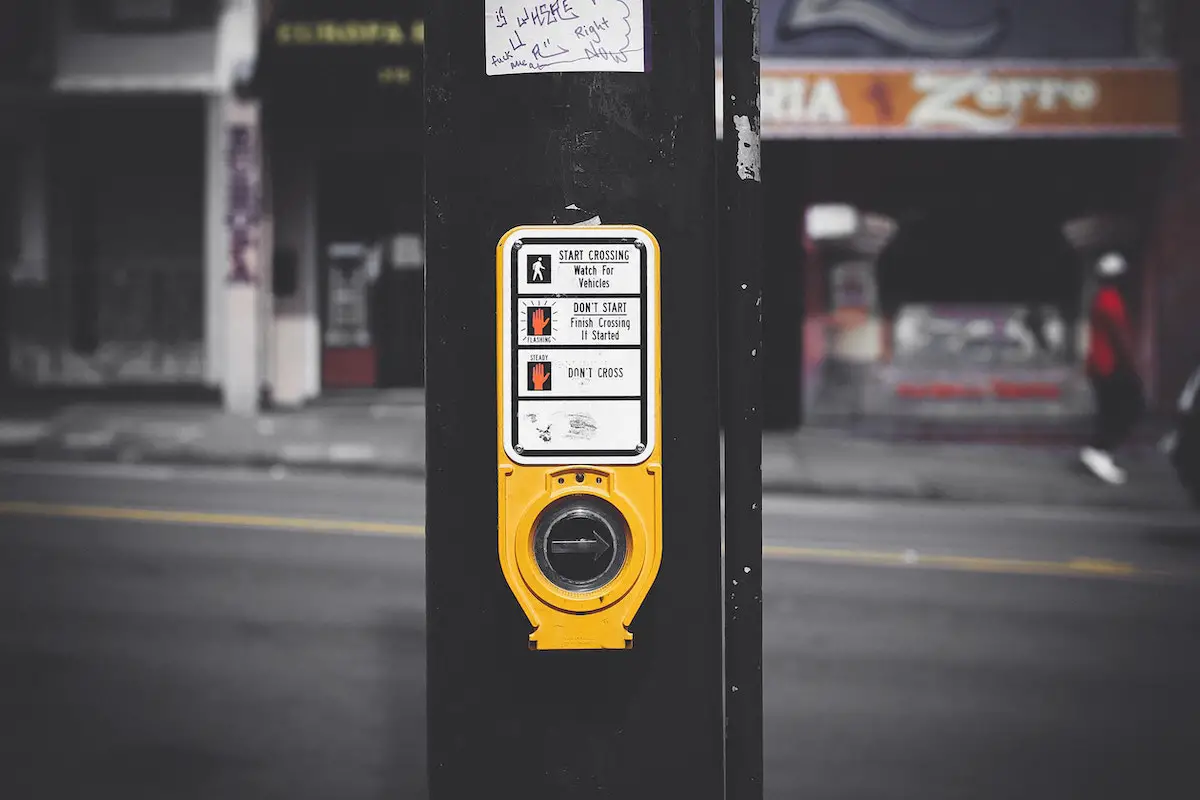In the balmy air of one night in festive December, an exodus of cars were racing on Bangkok’s many expressways as they made their way out of the city. In a split second of the same fateful night, a white sedan made a swerve and hit a commuter van in front, prompting it to skid off the elevated freeway. Nine lives were lost. This is just one of a series of similar incidents that took place over a short span of time. A few weeks earlier, another commuter van, coming sprinting at over 87mph (140km/h), dashed off the overpass as it failed to make the curve. In October, a car crashed into the wall of the expressway, knocking off a concrete bit which fell down and killed an unsuspecting pedestrian on the ground level.
In the wake of the repeated blunders, an outraged public was compelled to look high and low for preemptive ‘road safety’ measures. A safety-oriented policy rhetoric among Thai policymakers, critics, and opinion makers began to buzz and rise to the fore. We began to probe how to formulate speed-limit policies, how to strictly enforce safety belt use, and how to improve availability of road signs. This collective musing, well-intentioned though it may seem, ignores one question long missing from the Thai debate on road safety: why are we forced, without alternatives, to drive or commute a long distance in the first place?
One stacked upon another and standing tall off the ground, Bangkok’s expressways may be a wondrous engineering marvel that celebrates our technological advancement, but at the same time they are also our ill-thought-out solution to decades of poor land-use planning. Instead of encouraging neighborhood centers with necessary amenities, we build gated housing estates on the arable farmlands on the city’s fringe. Instead of providing safe, effective mass transit, we build expressways for private vehicles. The result is an urban sprawl where, at the break of dawn, cars from the surrounding outskirts rush towards downtown Bangkok and rush back when the night falls.
This is how expressways are thought, myopically so, to help alleviate the congested roads. A ‘road’ and a ‘street’ are different and so are their respective implications on safety. By definition, the street is a three-dimensional collection of adjacent buildings and the central spine that knits them into a public life. On a street in an urban setting, the speed of cars is calmed, directly and indirectly, by traffic lights, stop signs, pedestrian crossings, or even the shady trees or the lively bustling streetscape. By contrast, a road is simply a linear traffic conduit devoted to vehicular movement which is often touted in the imagery of ‘freedom’, ‘speed’, or ‘sleekness’ by car advertising companies. In this sense, speed is a built-in risk of every road – a logic that is not only natural but inalienable so much so that ‘road safety’ is a near-oxymoron. And since the expressway is a road with highest mobility, it liberates cars from the surroundings, allows them to speed in a free vacuum, and is thus the most dangerous of all. To ensure a complete safety, we would have to impose a speed limit to as low as 50mph (80km/h) – an extreme proposition no politicians would dare to risk.
Even if we succeed in enforcing a hypothetical 50mph speed limit and manage to cut down accidents, we still shy away from addressing the underlying issues of fragmented land use and lack of public transport. A safe, accident-free road, though desirable in itself, says very little of the larger health of the town. It doesn’t do away with the air pollution that our cars produce, the fuel they consume, and the heat they let off. In this sense, any ‘safe road’ policy with no regard to other respects of city planning is short-term at best and flimsy at worst. The ever increasing number of road accidents will serve as a constant reminder of a glaring policy lapse for Bangkok, a city of ten million where cars are the norm.
Photo: AWP


